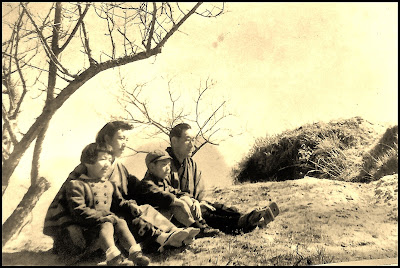Remembering
Hiroshima 75 years on
I have a small number of achievements in which I feel
a genuine pride. Topping the not so long
list is having a World Peace Bell gifted to New Zealand, from Japan, in 2004.
It is a prominent feature in Christchurch Botanic Gardens. We always remember
Hiroshima Day on August 6. We ring the bell at the time (8.15 am Japan time) when
the first Atomic bomb was used in armed conflict. Three days later the United
States dropped a second Atomic bomb on Nagasaki. Both events claimed a combined
250,000 casualties, mostly civilians. Half died instantly. The rest died over
time from shocking injury and/or radiation sickness.
This year the event brought out about 100 peace
supporters.
We had hoped to have Hiroshima survivor, James
Morikawa, with us. Covid-19 travel restrictions
made that impossible. James was to be sponsored by Mazda NZ for whom he
had once worked.
Instead James wrote a message that was read by Sarina
Mackey, a 13-year student at an Auckland Diocesan school. . She travelled to
Christchurch with her Grandfather Allan Mackey, a long-time friend of
Morikawa-san. Sarina is part Japanese. Her parents, Tim and Risa, live in
Tokyo. Tim is Allan Mackey’s son. His wife Risa, is Japanese.
We displayed a photograph of James Morikawa as a boy
picnicking with his family under a cherry tree about seven months after the
Hiroshima bombing.
Sarina was asked to ring the bell at the appointed
time. Then, reading Morikawa’s address which she had helped to translate, she was
a busy young lady.
We had a commendable line-up of speakers. Japanese
Consular David Tsunakake, made a point of saying 75 years’s on there was no
ill-felling towards Americans.
Councillor, Melanie Coker, spoke on behalf of
Christchurch City Council.
Anglican Dean, the Very Reverend Lawrence Kimberley,
spoke about Hiroshima and Nagasaki from a Christian viewpoint. He quoted Blessed are the Peacemakers from the
Sermon on the Mount and that, along with other religions, we believe we are created
in the image of God. It is when we lose sight of that we can get involved in
conflict. Conflict is also triggered as a result of not accepting some people
who look different and are different from us. . We are challenged to treat such
people with the respect they deserve.
Allan Mackey gave an impromptu address outlining his association
with Japan and particularly his friendship with James Morikawa. He also said
the Mazda sponsorship of the Hiroshima survivor will stand if he is able to
visit New Zealand next year. A group of us chatted over coffee after the event
in the warmth of the nearby Ilex Centre café.
Allan and Sarina Mackey said they enjoyed visiting the
New Zealand World Peace Bell and expressed interest in returning in August 2021.
New Zealand World Peace Bell











